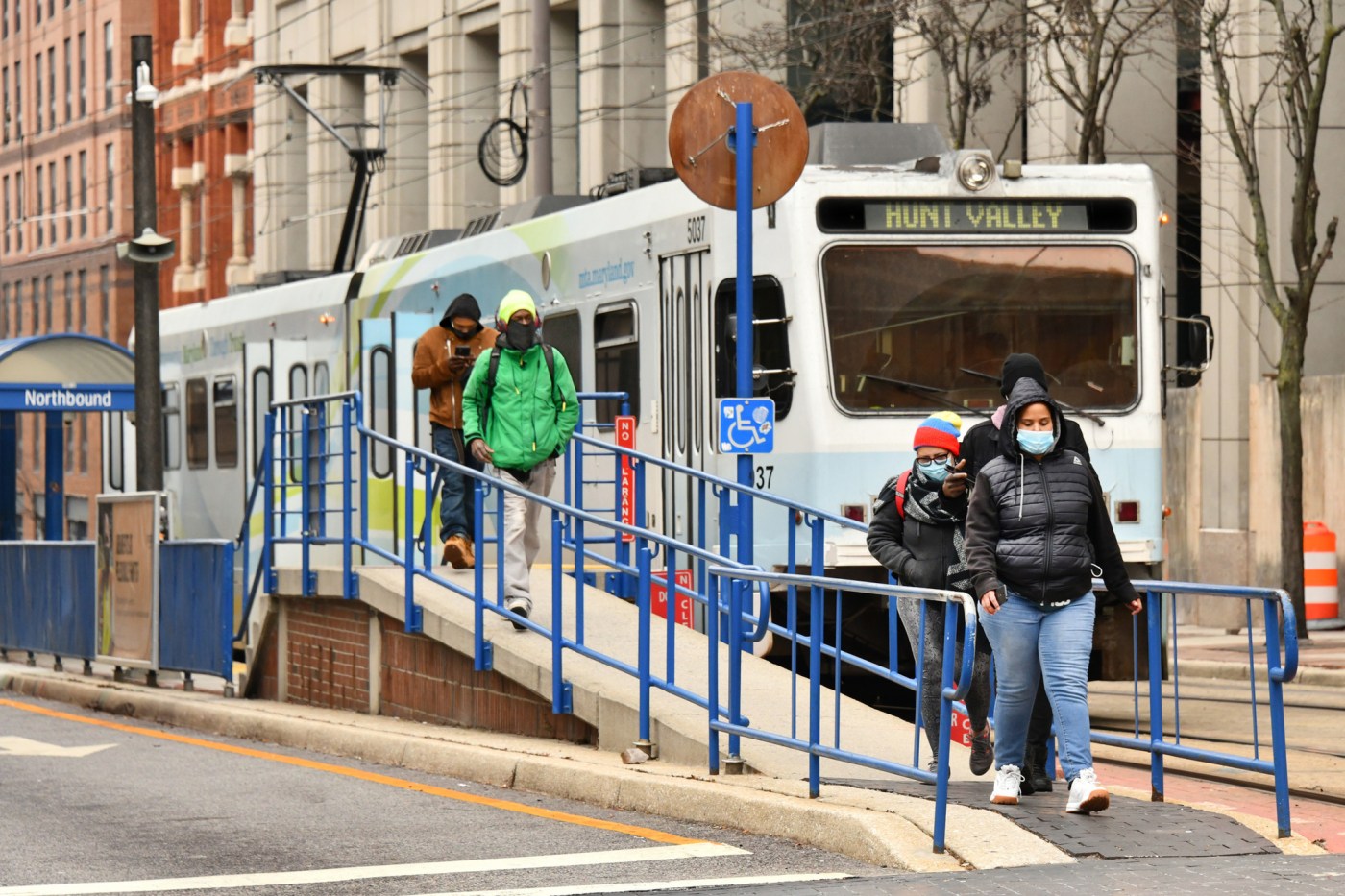
[Baltimore Sun] Rouse: Maryland needs a ‘blueprint’ for Baltimore transit | READER COMMENTARY
Thanks for publishing Dan Rodricks’ recent column about my father’s real legacy (“Dan Rodricks: The Jim Rouse legacy is now a million affordable homes,” May 17). What underpinned the Enterprise Foundation’s investment in Sandtown-Winchester was his desire to show that it is cheaper to address the problems creating poverty than the cost to society of maintaining poverty.
In keeping with that vision, I have been working over the last dozen years with a non-profit I helped found, Transit Choices, to improve Baltimore’s public transit system. My motivation is exactly in the spirit of my father’s that by addressing the problems that create poverty we can show that it is cheaper to solve these problems than to ignore them. In 2015, Harvard University did a study of poverty in America that stated that the top obstacle to people trying to escape poverty nationwide was poor public transportation.
Right now is a crucial moment in the transportation arena. With Wes Moore as Maryland’s governor and excellent leadership at the Mass Transit Administration, the Maryland Department of Transportation and in the Maryland General Assembly, and with Joe Biden as our president, the opportunity exists to truly create a first-rate transit system in the Baltimore region that would connect people who do not have access to cars to jobs, educational activities, medical care and even healthy food.
We have seen the state legislature address the shortcomings in our educational system with the “Blueprint for Maryland’s Future.” But what sense does it make to provide a first-rate education system for our kids if those dependent on public transit can’t get to school on time in a reliable fashion? And once they graduate, how can they be expected to get to their job opportunities if they cannot arrive at those jobs in a timely, reliable manner?
What we need now is a “Blueprint for Public Transit.” We need to envision what it would take to develop a great transit system: How many buses, light rail and subway trains? What frequencies, how many drivers, and other investments to provide such a system and what would it cost? In addition, we need to be addressing what it would cost to convert our bus system to electric vehicles in order to meet climate change goals and reduce pollution, especially in poorer, underserved neighborhoods.
Holly Arnold, the MTA’s administrator, has provided us with the data necessary to answer these questions.
Right now, the legislature has two commissions studying how we raise revenues for our transportation system. But it is not enough to just think about how we address the projected increasing gap between revenues and expenditures for public transit. We must be thinking about how we can raise enough revenue to truly create a great transit system to help lift people out of the cycles of poverty that presently confront them.
So how do you sell the public and lawmakers on the increases in fees and taxes that would be necessary to create these revenues? People living in Western and Southern Maryland, and people on the Eastern Shore legitimately ask what is in it for them to pay for a better Baltimore regional transit system.
The answer is just what my father was driving at. We need to make the argument that it is cheaper to fix poverty than to maintain it. The cost of increased incarceration and crime and the cost of maintaining a social welfare system for the poor create additional taxes that reach into the pockets of all the citizens of Maryland. By addressing the problems that create poverty, like poor public transit, we can reduce the total tax burden on Marylanders.
Baltimore should and could be an economic engine for the whole state of Maryland. It could be drawing in investment, creating jobs and adding to the tax base for the state, thereby reducing the tax burden of the rest of the state. Instead, it is a drain on the state’s resources because of the costs of dealing with the results of its chronic impoverishment.
This is why we need a blueprint for public transit in the Baltimore region just like the state’s blueprint for education. This is how we can build on the true legacy of my father’s vision.
— Jimmy Rouse, Upperco
The writer, the son of pioneering developer, urban planner and philanthropist James Rouse, is president of the board of Transit Choices.
Add your voice: Respond to this piece or other Sun content by submitting your own letter.
